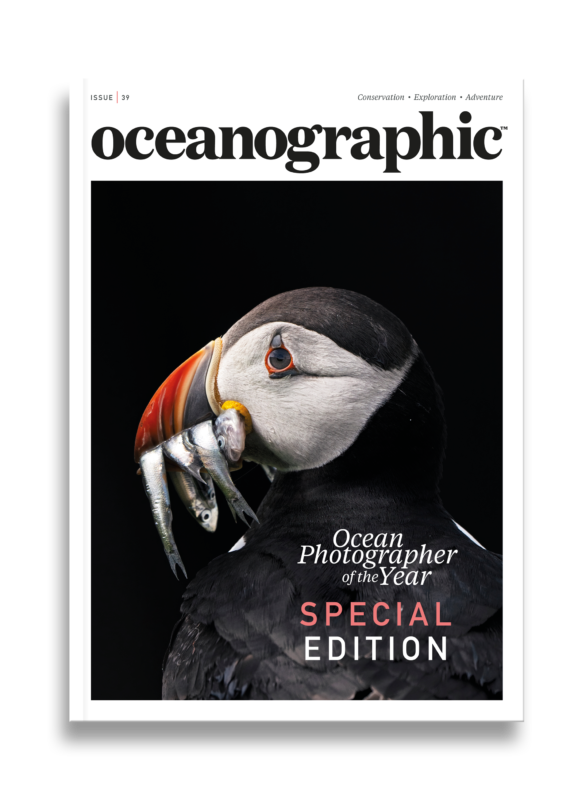Scientists at Oregon State University (OSU) have found that viral infection plays a part in coral bleaching. Between 2014 and 2017 alone, more than 75% experienced bleaching-level heat stress, and 30% suffered mortality-level stress. Therefore understanding the intricate elements impacting coral reefs is vital in protecting them.
Coral reefs can be found in less than 1% of the ocean, but are home to almost a quarter of all known marine species. Coral reefs also help regulate the ocean’s carbon dioxide levels.
To better understand how viruses contribute to making corals healthy or unhealthy, Oregon State Ph.D. candidate Adriana Messyasz and microbiology researcher Rebecca Vega Thurber of the OSU College of Science led a project that compared the viral metagenomes of coral colony pairs during a minor 2016 bleaching event in Mo’orea, French Polynesia. Metagenomics refers to studying genetic material recovered directly from environmental samples, in this case samples taken from a coral reef.

The scientists collected bleached and non-bleached pairs of corals to determine if the mixes of viruses on them were similar or different. The bleached and non-bleached corals shared nearly identical environmental conditions.
“After analysing the viral metagenomes of each pair, we found that bleached corals had a higher abundance of eukaryotic viral sequences, and non-bleached corals had a higher abundance of bacteriophage sequences,” said Messyasz. “This gave us the first quantitative evidence of a shift in viral assemblages between coral bleaching states.”
In addition to generally having a greater presence of eukaryotic viruses, bleached corals displayed an abundance of giant viruses, complex, double-stranded DNA viruses that can be parasitic to a huge array of organisms.
“Giant viruses have been implicated in coral bleaching,” added Messyasz. “We were able to generate the first draft genome of a giant virus that might be a factor in bleaching.”
For information regarding co-authors and to read the full study, “Coral Bleaching Phenotypes Associated With Differential Abundances of Nucleocytoplasmic Large DNA Viruses”, click here.
Photography by Andrew Thurber, OSU.
For more from our Ocean Newsroom, click here.




